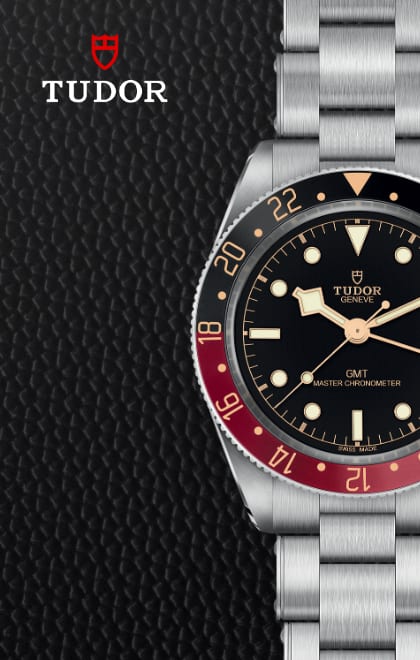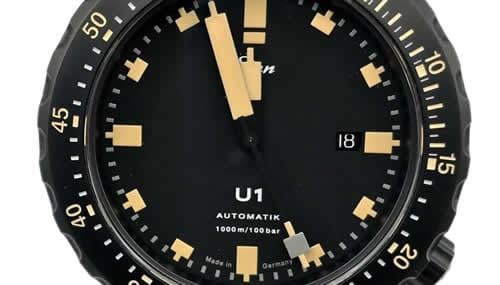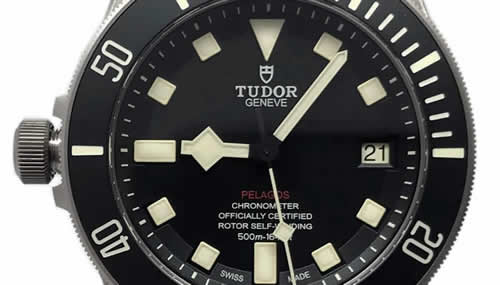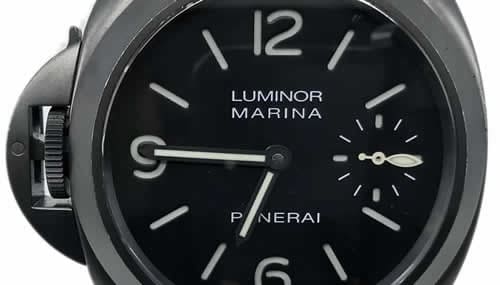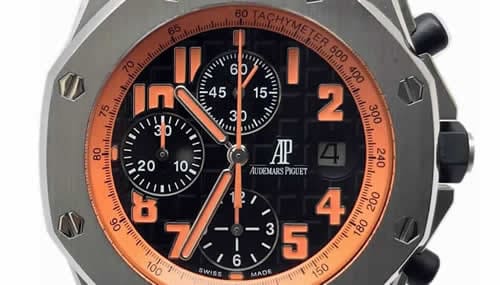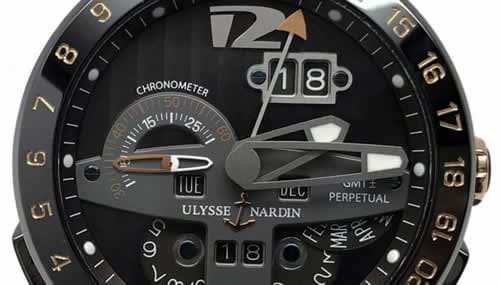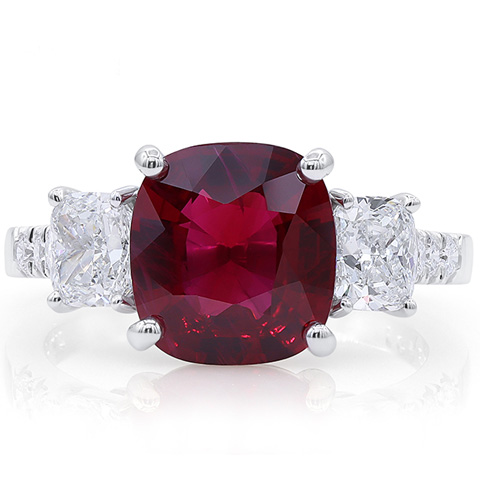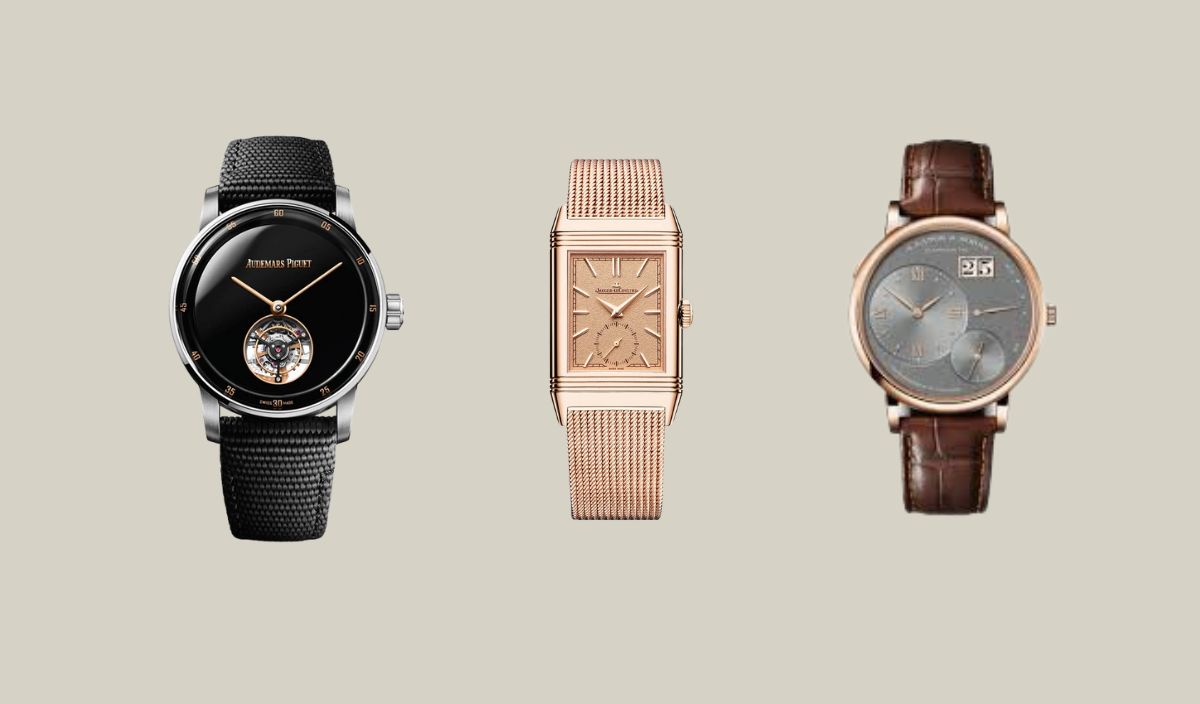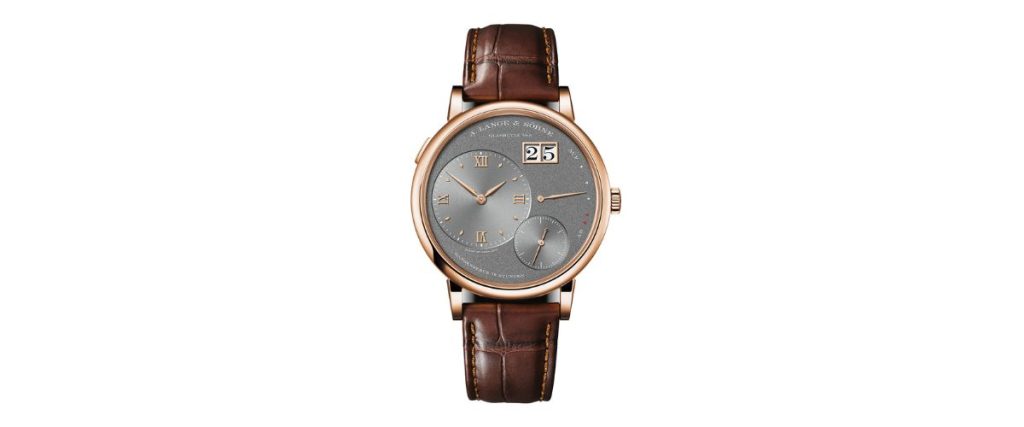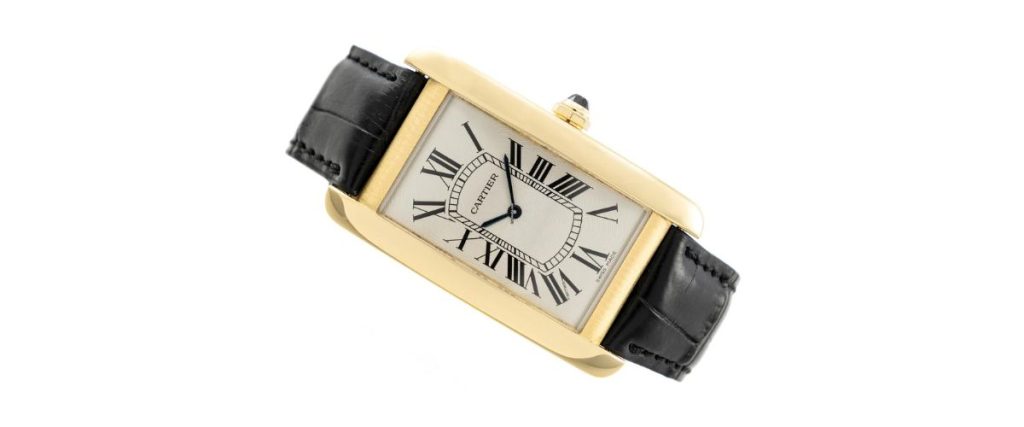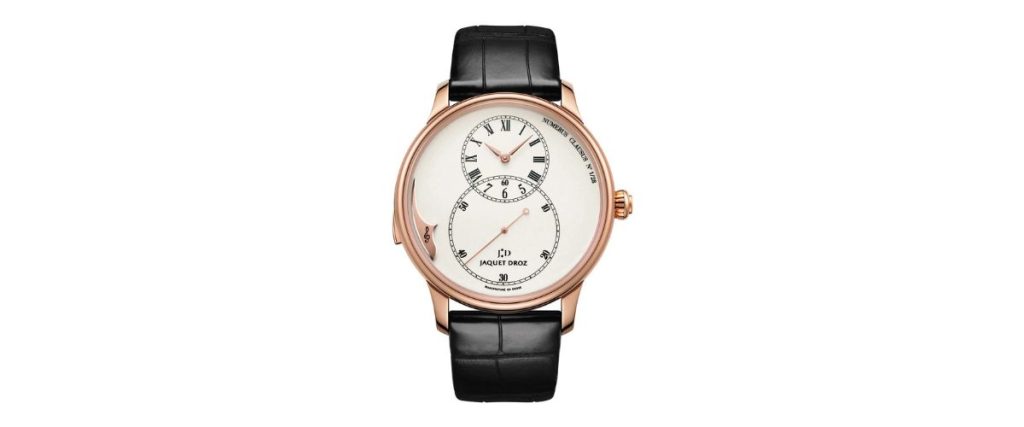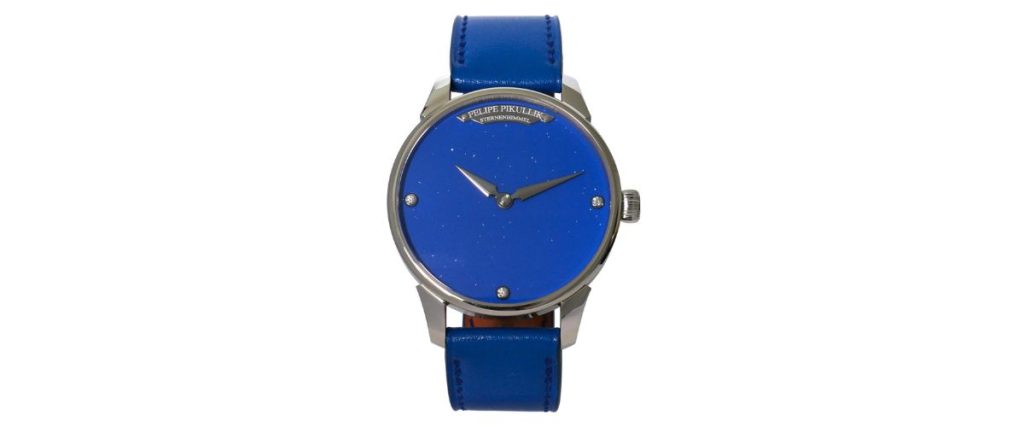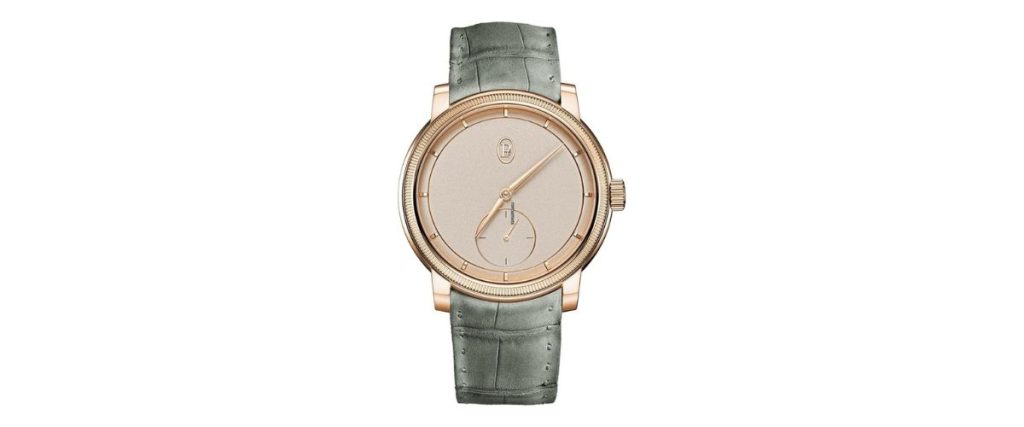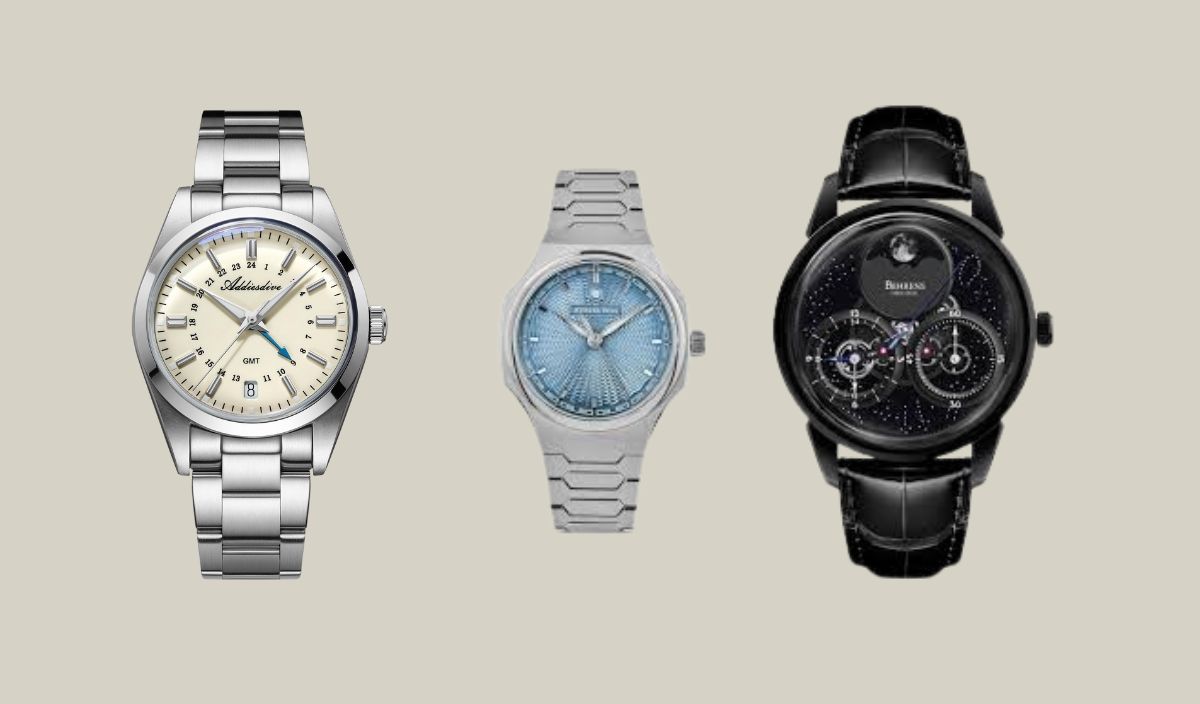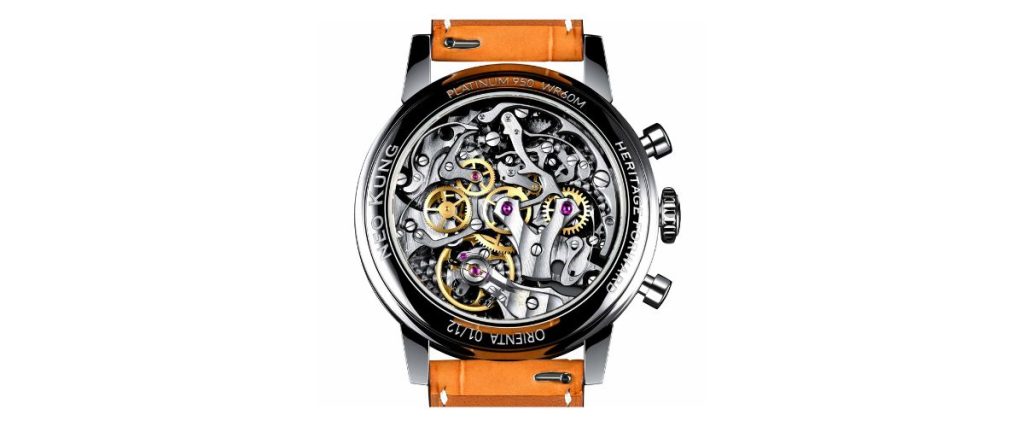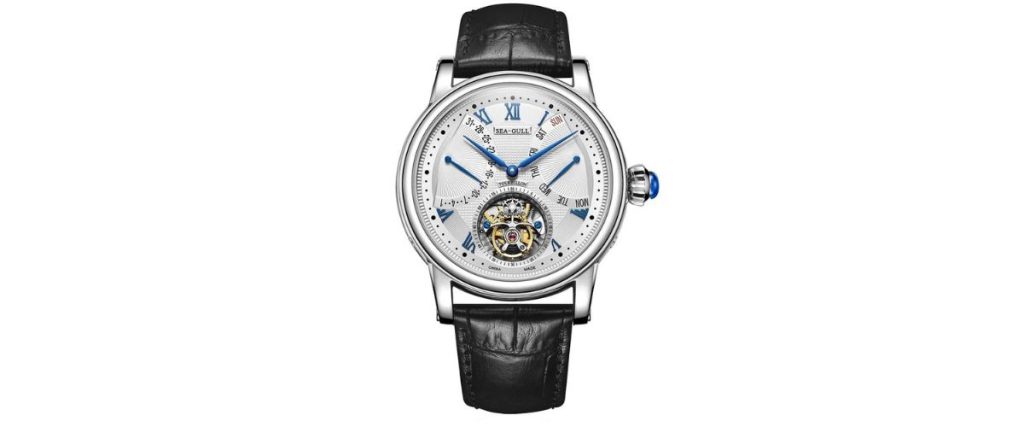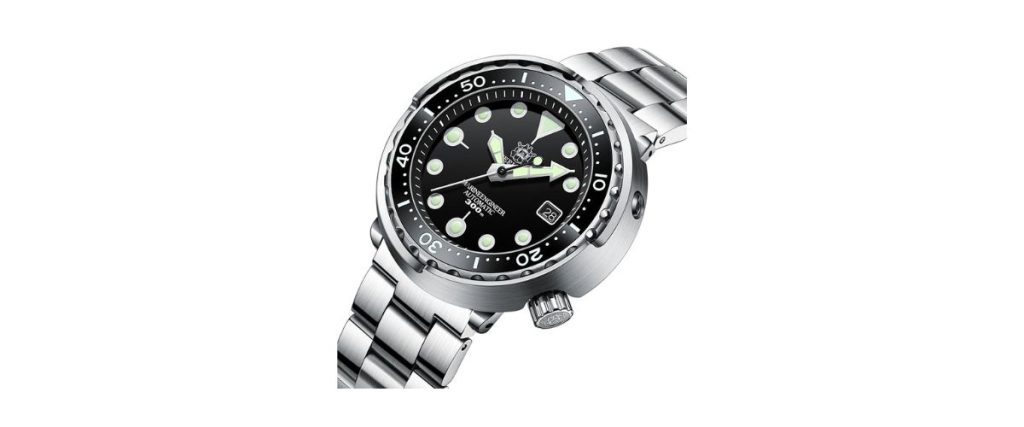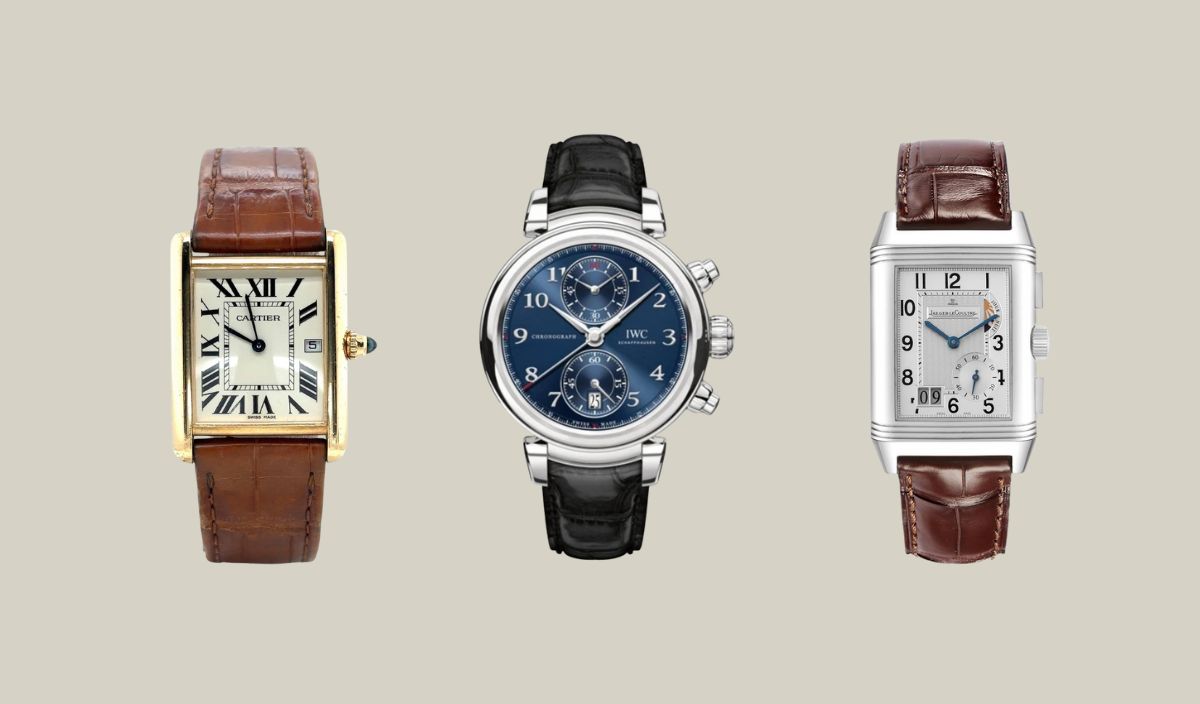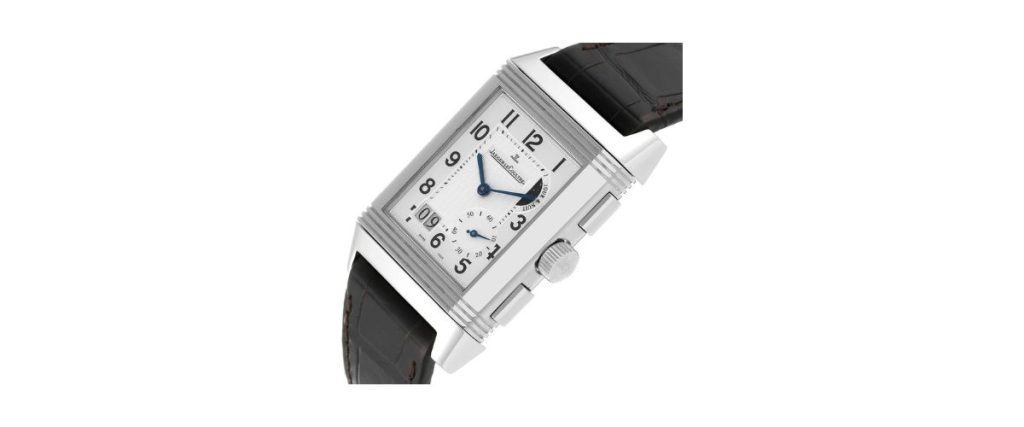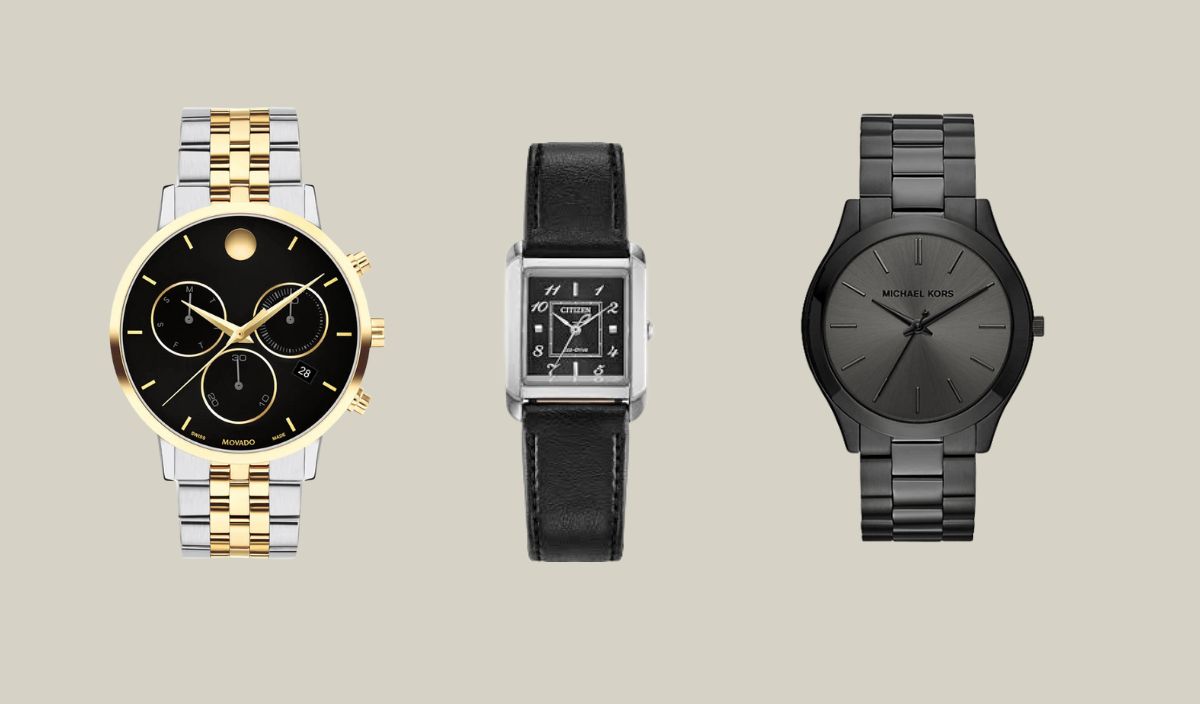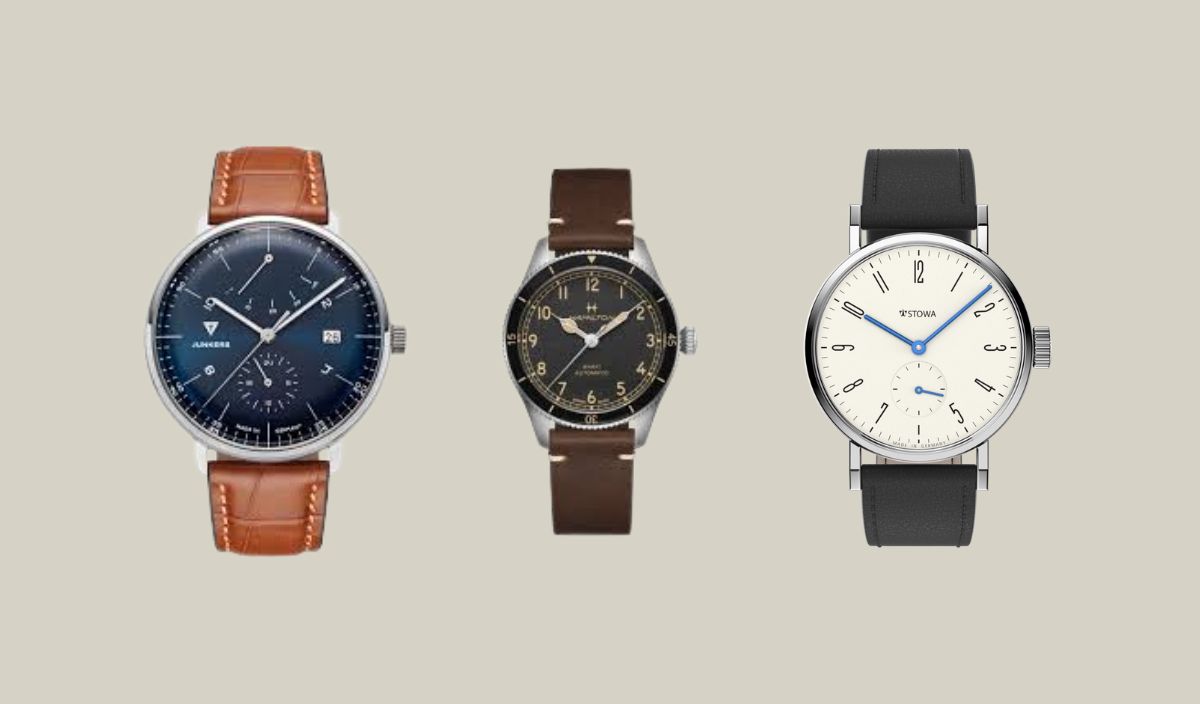
Although there are plenty of luxury watchmakers on a global scale, I always find something special in German design. If you look in the right places, you won’t have to question much about the quality or retail price.
Whether you’re new to the world of timepieces or have a veteran’s collection, there are likely numerous brands and designs you haven’t heard of.
The list we’re about to go through gives you more than enough variety, including options that are fitting for every budget out there. I always like to remind people that getting into watches should be seen as more of an investment than a mere retail purchase.
Of course, there are too many stellar German watches to list, but I’ve narrowed it down to a blend of personal and industry favorites. For this article, you’ll get a straightforward look into 13 of the best German watches you should consider in 2025.
The History of German Watchmaking
Considering German watchmaking got its start back in the 16th century, it’s safe to say they’ve had some time to perfect the craft. However, development really started to pick up around 1845, and the industry was able to sustain itself through economic shifts and even wartime.
This also includes their era of state-controlled production in East Germany throughout the Cold War. This isn’t to say their industry didn’t go through its fair share of highs and lows, but I’m still impressed with the integrity that was maintained.
As Germany was going through its reunification in the 1990s, modern German watchmaking really hit a new stride. There’s a fine balance between tradition and innovation here, and it shows in the many German watches that are floating around the market in today’s world.
13 Best German Watches
It was hard to choose, but I spent quite a bit of time sorting through a unique list of German watches. Some were more about style, while others had a level of craftsmanship that really helped them stand out from the crowd.
To put a decent list together, I had to dig through all of the specifications and eventually get my hands on one for myself. While I may not add every one of these watches to my own collection, I can still respect the work that goes into them.
For me, these watches made an impression from a visual standpoint, as well as what makes them tick from the inside. Not only do I think you can find some that align with your style, but after a little explanation, you’ll have a newfound appreciation for German watches as a whole.
1. Junkers Bauhaus Automatic (ref. 910.01.12)

Featuring a 40mm stainless steel profile, this automatic watch comes with a deep petrol-colored dial. I’d say that’s a pretty good description, but it also could be seen in a dark blue colorway.
Nevertheless, it’s relatively minimal, and I’m a huge fan of the exhibition caseback. It gives you a good look at the Miyota 9015 movement, and makes for an eye-catching design choice.
While there’s influence from the early 20th-century German industry, it still boasts a modern appeal that looks great with a wide range of outfits. You can also find this watch available in various strap and case combinations if you’d like to switch up the style.
Notable specs on this watch include its Hesalite glass, sealed crown, and 5 ATM water resistance. This tells you it’s definitely not a diver’s watch, but it could do very well in professional environments.
I found the retail price to be pretty modest too, sitting at $865 out of the door.
2. Augsburg 39mm Automatic (ref. 861988)

With a 39mm case in a contrasting stainless steel, the Augsburg is built with a reliable Laco 2S automatic movement.
Keep in mind that this is based on the Miyota 82S0, which includes hacking seconds for extreme precision. I’m always a big fan of an exhibition caseback, and this watch dons a sapphire crystal on the front and back.
If you’re worried about being able to see it in dim lighting, this is a non-issue due to the Superluminova C3. The brown vintage style of the leather strap offers a classic look, and you’d be surprised at the amount of customizations that are available for this watch.
It’s mainly fitting for wrists ranging from 14.5 to 18.5cm, and it comes with a water resistance of only 5 ATM. With a deep black dial among a classic brown strap, the style of this watch is hard to argue with. The overall features and styles are something everyone can appreciate.
The watch is only $410, making it widely accessible to many watch lovers.
3. Stowa Antea Classic KS (ref. N/A)

The first thing I noticed about this watch is the Bauhaus-inspired design. Familiarity aside, the watch still offers several unique details.
First, it goes a little smaller with the case design at 35.5mm, and they also went the classic route with the stainless steel. I’m a fan of the silver-coated dial, and this comes with black Arabic numerals.
You won’t have to worry about long-term reliability here either, as a Swiss hand-wound Peseux 7001 movement supports it.
Although it’s a minor design choice, my eyes were drawn to the small seconds subdial, which also boasts a nice top-grade finish.
From the side profile, the watch is surprisingly thin at 6.9mm. One detail I find pretty important is that it’s only built with 3 ATM water resistance, which isn’t really much. The leather strap is hand-stitched, or you can go with the Milanaise metal strap for an additional cost.
You can grab one for yourself for around $1,265, but pricing may vary depending on where you’re looking.
4. Nomos Tangente (ref. 101)
Another modest choice if you ask me, the Nomos Tangente offers multi-layered beauty that goes beyond what you see on the surface. The 35mm case is what initially drew my interest, but that also extends to the 6.2mm thickness, not to mention the included movement.
More specifically, the watch is working with a Nomos DUW 4001 caliber. The white and silver-plated dial offers a refreshing touch and brings a bright personality to any outfit. It boasts a notable Nomos typography, and I really appreciate their choice with the blue steel hands.
For the strap, this isn’t just any regular leather strap; it’s an 18mm black Horween Genuine Shell Cordovan leather. I can always feel the durability in this watch, and a lot of that comes from the security the strap provides.
The price point is a bit higher than the watches listed before it, with a retail cost of $2,120.
5. Sinn 104 St Sa A (ref. 104.011)

Seen as a classic pilot’s watch, this particular model from Sinn knows a thing or two about professionalism. I tend to like my watches with a no-frills look and a tinge of luxury, and I feel this watch does a good job of combining the two.
It’s a little on the bigger side for me, with a case size of 41mm, but the contrast in the color and material choices helps it seem a bit smaller. You’re getting a stainless steel case, matte black dial, and luminescent hands where it matters most.
The bezel is bidirectional with minute ratcheting and even a luminous triangle at the 12 o’clock position. Learning what makes it tick is important too, and what you’ll find on the inside is SW 220-1 automatic movement. This also comes with a day date display and it’s anti-magnetic per DIN 8309.
It’s definitely more than enough for me, especially once I got a good look at the specs. The retail price is also relatively modest at $1,450.
6. Tutima Flieger Legacy (ref. T5 6405-03)
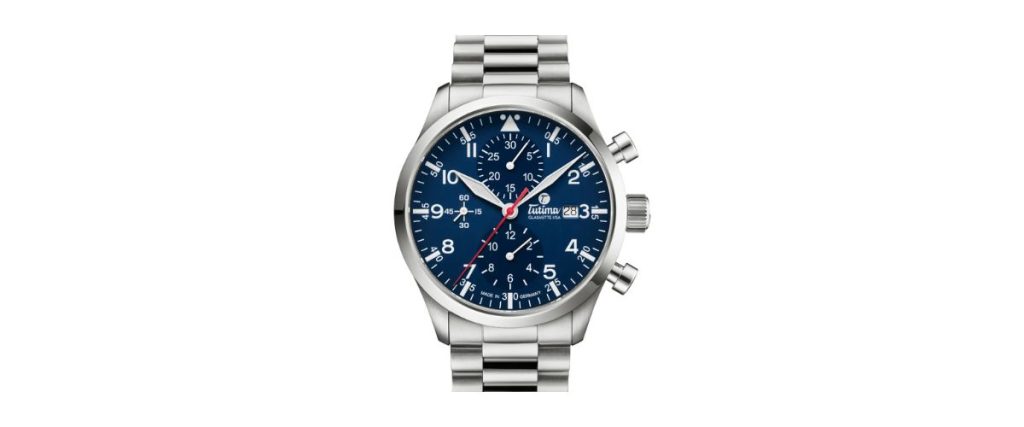
Known as a high-performance chronograph, the Flieger Legacy from Tutima is a bold one, to say the least. What I’m really interested in about this watch is its grade 5 titanium case, which is always a personal preference of mine.
That means you’re getting a durable yet lightweight design, in addition to scratch-resistance, antiallergenic, and corrosion-resistance.
The chronograph functionality promises a 60-second, 30-minute, and 12-hour counter. I honestly appreciate the small seconds and date display, as it doesn’t distract from the beautiful dial too much.
Built with clarity and durability in mind, you get beauty on top of it all with an exhibition caseback and the perfect strap to match. In my opinion, the blue dial is the perfect contrast to the leather strap, including the subtle tone of the surrounding titanium.
The watch is available across many retailers, and price points tend to stay around the $4,683 mark.
7. Damasko DC56 (ref. N/A)
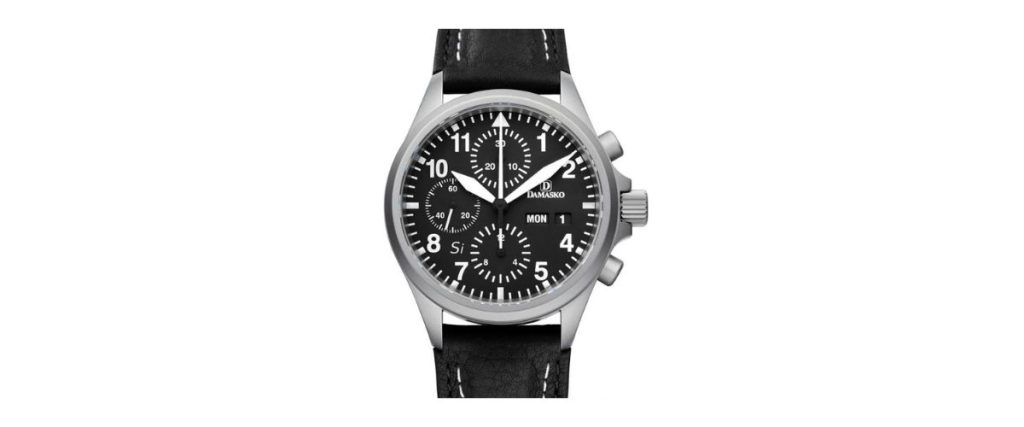
The 40mm chronograph might seem like some standard specs, but the watch is much more than that when you get into the fine print. Powered by the Valjoux 7750 TOP movement, it features unique details like an optional silicon hairspring, a silicon escape wheel, and a 52-hour power reserve.
Constructed by what’s referred to as ice-hardened stainless steel, the case is water-resistant up to 100 meters. I was surprised to learn that the watch also meets MIL-STD-810 military standards for pressure, as well as acceleration resistance.
It’s clear that the watch is built to last, from the thorough construction down to the timeless design that’ll never go out of style. Regarding the dial, I have an appreciation for the simplicity in color choice, as the focus is entirely on the tri-compax chronograph layout.
If you’re looking to try one on, they can be found at many reputable retailers across the world. When it comes to the cost, you’re looking at $3,210 and some change.
8. Mühle-Glashütte Teutonia IV Moon Phase Golds (ref. M1-44-03-LB)

The name might be a challenge to pronounce, but the design and prestige of this watch speak for themselves. For myself, I can’t get over the fact that there are only 100 of these in production, making it a limited edition that’s perfect for any watch case.
Getting down to the specifics, it’s made with a blend of 18-carat yellow gold and only weighs a light 47 grams. The moon phase display is more than beautiful, and although the watch is high-end, I really appreciate the simplicity of it.
The 10mm gold moon disc rotates under a specially shaped window. Even more interestingly, this completes one cycle every 59 days, which promises an accurate and artistic moon phase display. 41mm in diameter and a sizable thickness of 12.6mm, this watch knows how to deliver a bold presence.
After currency conversions, this watch comes with an estimated price tag of $13,834.
9. Archimede Pilot 42 B.S.S (ref. UA7929B-A9.1S)
This watch may seem relatively simple, but that’s part of the point, as the craftsmanship is what matters most here. It includes a Swiss automatic movement, specifically the ETA 2824-2. The case is crafted by ICKLER, which is out of Pforzheim, Germany.
I always appreciate a simple brushed stainless steel look, and as expected, the sapphire crystal helps with consistent legibility. The crown is in a pilot-style, and the screw-down caseback makes for a seamless look with the rest of the steel.
Dimensions are standard, but might feel somewhat large on skinnier wrists. The Archimede Pilot comes with a 42mm diameter with an understandable 9.8mm thickness.
It’s also 51mm lug to lug, and the surrounding numerals and hour markers illuminate the jet black dial. I love the choice of blue hands and their luminous coating, as the perfect touch of contrast to the surrounding design choices.
It’s also pretty affordable considering the quality, featuring a retail price of $1,289.
10. Hanhart Pioneer MK I (ref. 714.200-)

Boasting a 40mm profile and a single-button chronograph, I’d say this watch found the perfect midway point between luxury and affordability. It’s built with a fluted bezel, in addition to a red marking, red pusher, and sizable crown for ease of use.
What I love most about this watch is the antique white dial, which is more than luminous in dim lighting. The case is a reliable stainless steel, coupled with a convex sapphire crystal, which is notably AR-coated.
The calfskin leather strap is not only durable, but the perfect stylistic choice and comes in several colorways. With a 20mm lug width and pin buckle, the watch is more comfortable than it looks at a glance.
As far as the movement goes, wearers benefit from years of reliability with the HAN3601, promising a 42-hour power reserve.
The cost is a little higher than some others on this list, but still affordable at $3,143.90 on the dot.
11. Union Glashütte Belisar Chronograph (ref. D009.427.16.092.00)

You have several options to choose from when it comes to the Belisar collection, but this particular model stood out to me. It offers something a little different from the rest, primarily found in the Earth green colorway. While that’s what initially caught my eye, it’s the specs that kept me around.
It’s powered by the UNG-27.S1 automatic chronograph movement, and it’s a lot more impressive the deeper you look. This also comes with a silicon balance spring, 65-hour power reserve, and three chronograph counters.
Accompanied by a green nubuck leather strap, the watch is definitely meant to make a statement on the wrist. You can blend it with like colors or wear it as an eye-popping statement piece.
I’m also into the retro-style numerals, and I feel that’s a pretty fitting choice as the surrounding design and colorway match the style perfectly.
If you like the sound of this Belisar, you can add it to your collection for $3,458.
12. A. Lange & Söhne Saxonia Thin (ref. 201.033)

There are three different models in the Saxonia Thin line of watches here, but the pink gold is a must, in my opinion. Aside from its overall beauty, the specs seem to hit a sweet spot with a 37mm case crafted from 18-carat pink gold.
As you might have figured out by now, I love an exhibition caseback, and the technical details here are astounding.
For the movement, it operates at a balance frequency of 21,600 semi-oscillations per hour. If you aren’t too sure about what this means, it leads to smooth and reliable timekeeping for the long term.
The silver dial is a great match for the surrounding pink gold, yet doesn’t take the spotlight from its elegance. I honestly appreciate the slim take on this watch, as it wouldn’t look as elegant if they took a bulkier direction.
For the price point, you’re looking at a steep commitment of $24,800.
13. Lang & Heyne Friedrich III (ref. N/A)
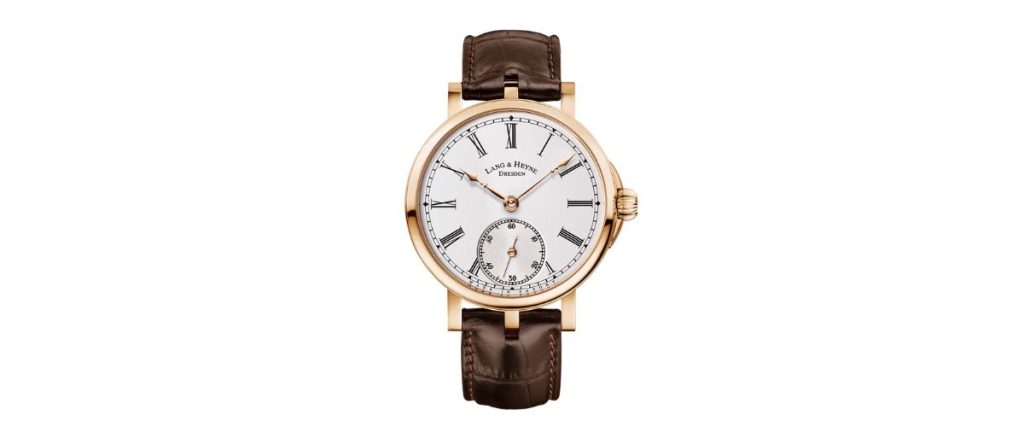
For the last entry in the list, I had to take things up a notch and shine a light on the Friedrich III from Lang & Heyne. Calling the watch refined almost doesn’t do it enough justice, as it takes craftsmanship and style to significant heights.
Built with the Caliber VI manual winding movement, wearers get a 55-hour power reserve and a level of visual harmony that’s unmatched. Other details that impressed me even further include the decentralized seconds and the overall elegance of the numerals and hands.
The dial comes in a solid silver, but you can also get it in galvanic black, bright frosted, salmon, and even a royal blue color. Each of these is gorgeous and does well to complement the surrounding details. It features a modest 39.2mm case and only 10.5mm thickness, so it shouldn’t feel too bulky.
There’s a lot to unpack with this watch, and if you’d like to try one on permanently, it can be found starting at $30,800.
The Bottom Line
Part of finding a high-end German watch starts with sourcing reputable retailers. This is especially true once you start getting to higher price points on the market. Nevertheless, there are plenty of quality German watches that you can find in your price range.
Understandably, it can be challenging to find the right fit for you, which is why working with a reputable retailer can be so helpful. Consider speaking with Exquisite Timepieces for an expert’s opinion on German watches and how to find the best model for your collection.


